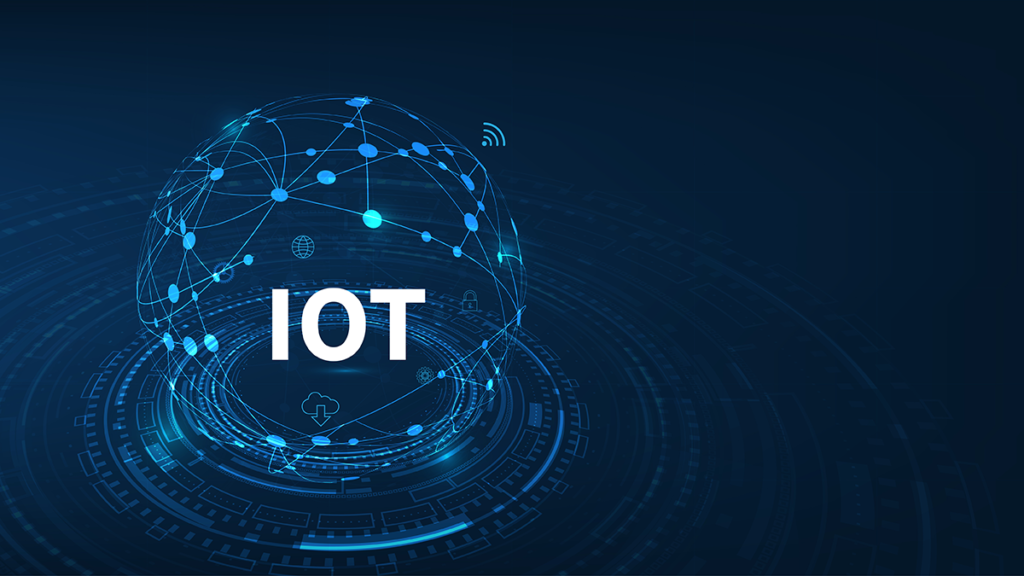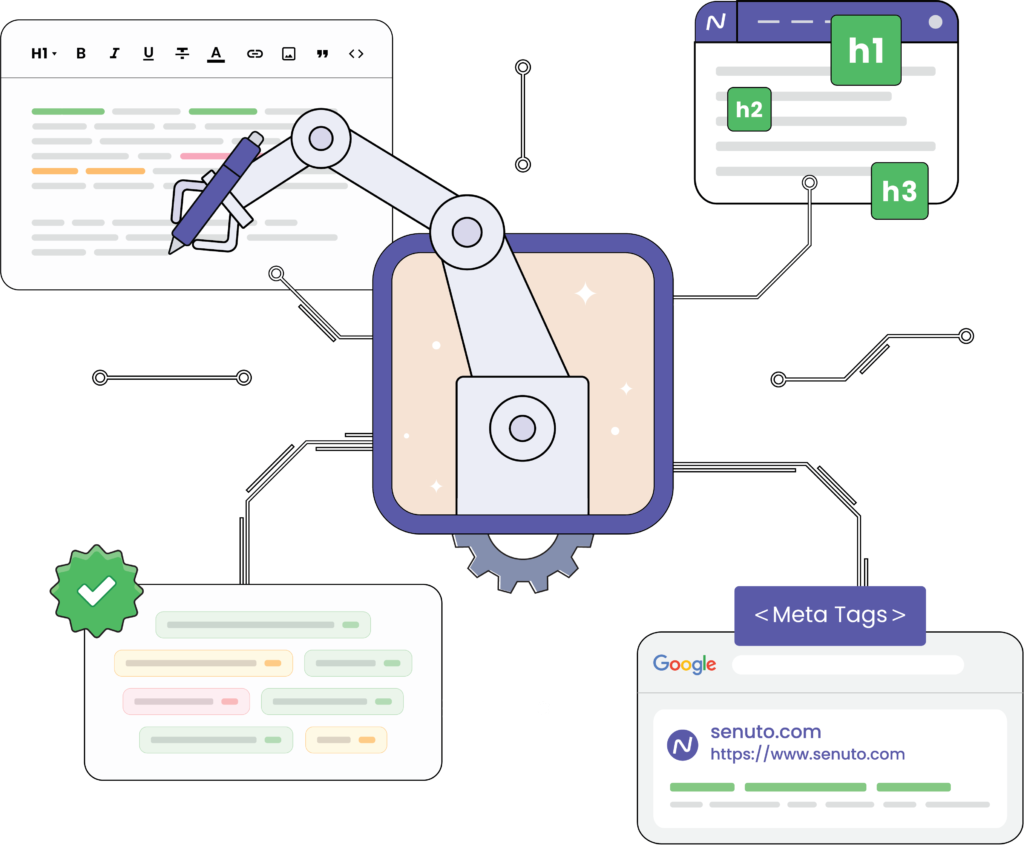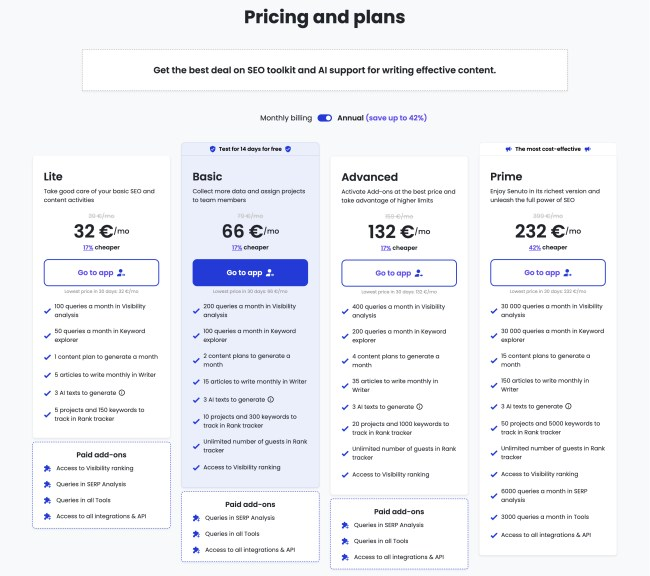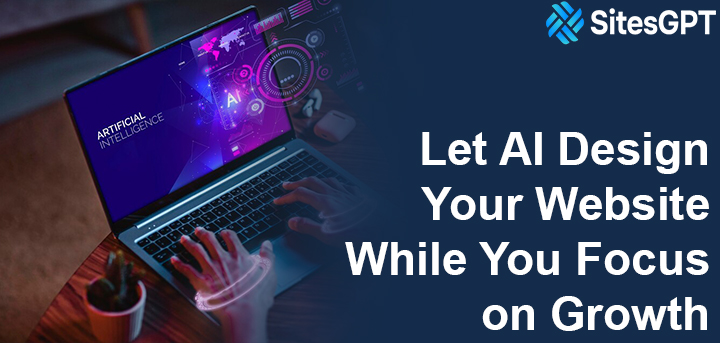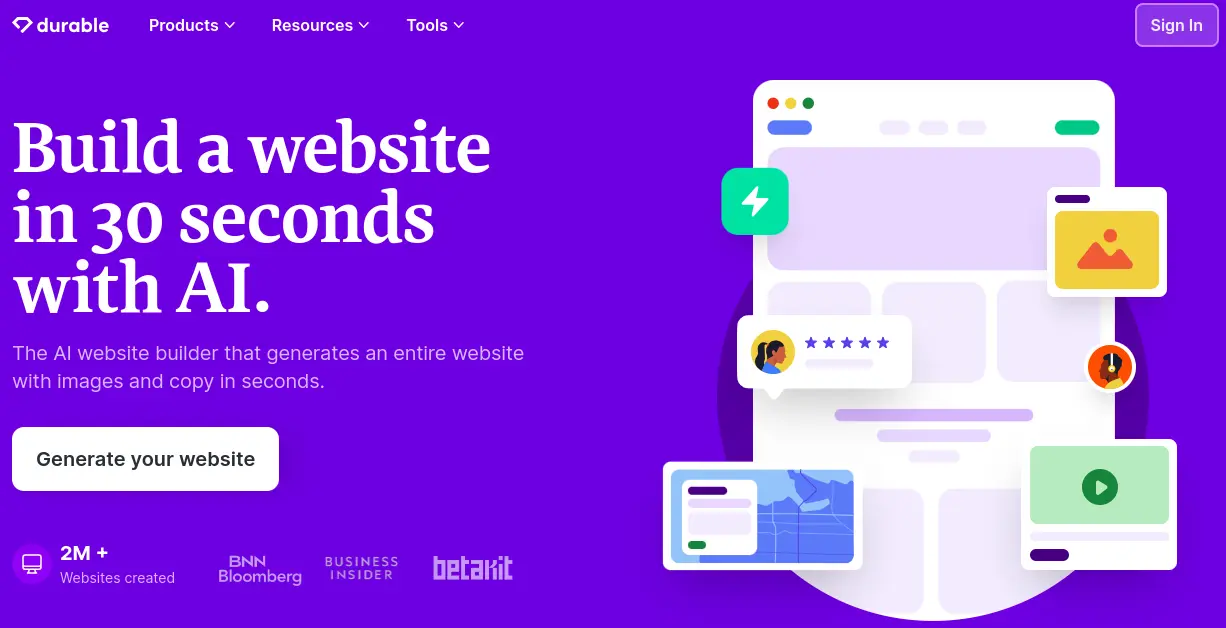Senuto is a SaaS platform, which is a complete SEO tool that provides SEO services, and content planning and also offers various tools to enhance the visibility of the website and its performance. With the help of its features, it empowers you to plan, write, and track content effectively while helping you achieve higher rankings for keywords by analyzing competition and keyword opportunities. It supports marketers and businesses in making data-driven decisions. It empowers you to increase the traffic of your website and optimize and create quality content with the help of AI.
Modules of Senuto
Now if we shed some light on what Senuto offers you. Then it has basically six modules which are specially designed to empower you in building and implementing effective strategies in SEO and content writing. The first one is Visibility Analysis. With the Visibility Analysis tool, you can analyze your website performance and as well of your competitors. It lets you know how pages are performing for various keywords, and provides various insights if required. Next is Keyword Explorer, As we all know, every SEO journey starts with keyword findings, so we have Keyword Explorer, which helps you in identifying and targeting the right keywords. With this module, you can get insights on search volume, keyword difficulty, and competition level. It also helps you to identify highly competitive keywords on which you must face difficulty to rank so it can also provide you insights so that your website’s visibility can be increased.
SERP Analysis, Content Planner and Writer, and last but not least Rank Tracker are some other modules which are offered by Senuto.
Pricing of Senuto
So if we talk about the plans offered by Senuto then, there are 4 models. The first one is Lite which is for basic SEO and content activities, next plan is Basic which allows you to collect more data and assign projects to team members. The next plan is Advanced, which provides various advanced options like the opportunity to activate add-ons at the best prices and take advantage of higher limits. With Prime version it provides an opportunity to enjoy rich version of the platform and full power of SEO. Now if we talk about, what you will get under these plans, then queries in visibility analysis, link analysis, keyword explorer, generation of content plan, articles in content writer, free text generation, and various add-ons.


